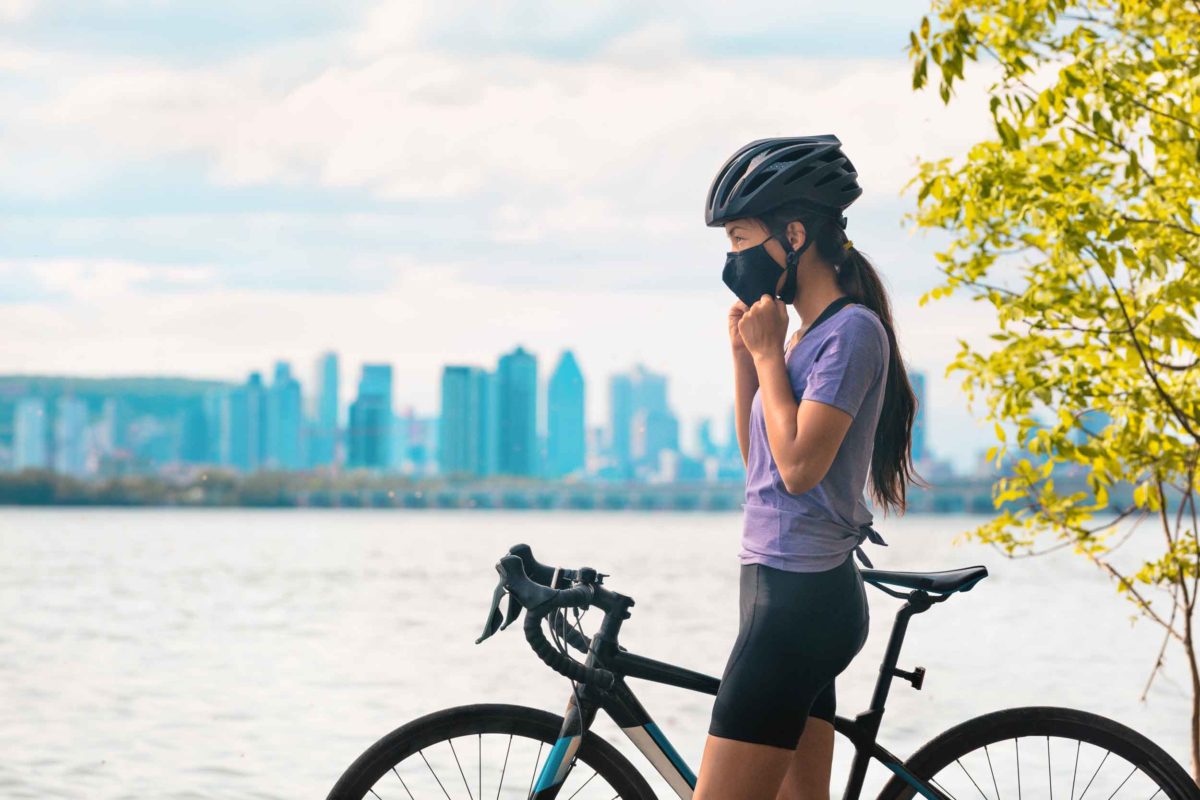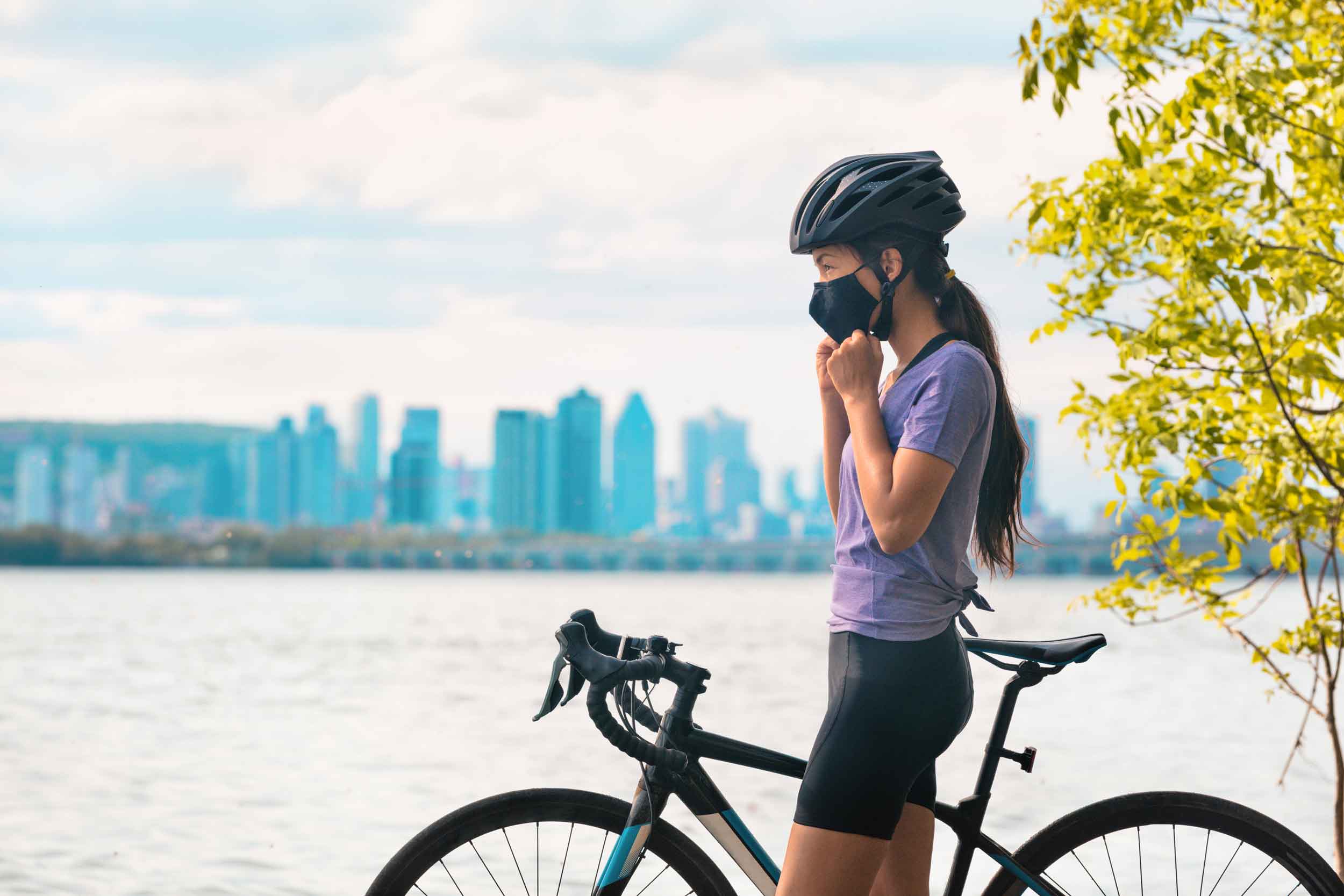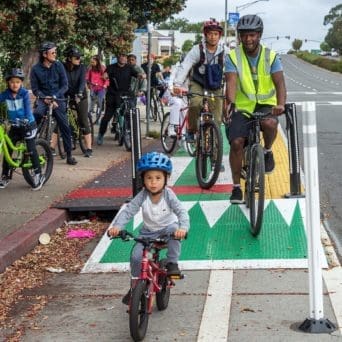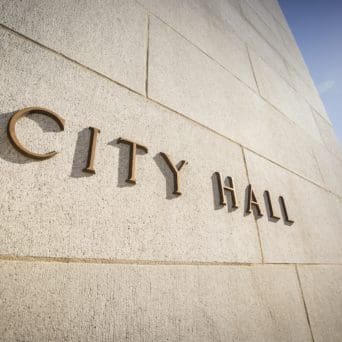The COVID-19 pandemic has radically changed transportation in American cities. Rush hour traffic feels like a distant memory, public transit systems are running at a fraction of capacity, and millions of people are working from home, only venturing out for groceries or other essentials. Some cities have already responded to this new landscape, making quick changes like closing streets to car traffic, creating more space for people to safely bike and walk. Cities can seize this moment to provide safe transportation options for their residents during the crisis and build post-pandemic infrastructure that supports economic growth while moving away from the car-centric model and its related congestion, traffic fatalities, and environmental impact.
CityHealth, in collaboration with Smart Growth America, has released a new report on how Complete Streets policies improve lives in cities across the country. These are policies that help city residents walk, bike, drive, or take public transit around their community. From street lighting to bike lanes to crosswalks, Complete Streets policies ensure that all residents have safe, convenient ways of getting around and staying active—regardless of their age or ability. CityHealth works to promote these policies throughout the country and support city leaders who are interested in strengthening or adopting them. Cities that adopt Complete Streets policies now will see dividends well into the future, both in helping to keep residents safe from the coronavirus and in alleviating many problems that predate COVID-19.
Street safety has taken on new relevance during the COVID-19 pandemic: Learn more about how Complete Streets policies create safer, stronger communities during CityHealth’s and the National Complete Streets Coalition’s webinar on Thursday, August 13 at 1:00 p.m. ET
Register here →
During the pandemic, ridership in the biggest public transit systems in the country has plummeted between 70-90 percent. Millions of people are working from home, not working at all, or fear leaving home to avoid encountering crowds of people in small spaces. Across the country, transit systems are operating on reduced schedules and offering fewer routes. As cities reopen, fewer people will choose public transit, out of worries about safety as well as convenience. Physical distancing will likely continue until a vaccine is widely available and, in the meantime, trains and buses will simply not be able to accommodate high volumes of passengers. Many people will need to look for alternative modes of transportation.
One clear alternative is bicycling, though Americans have historically resisted this option. That may be changing, however. Since the COVID- 19 lockdowns began, stores across the US have sold out of bicycles as people look for alternate ways to move around their cities. According to the New York Times, in March of this year “nationwide sales of bicycles, equipment and repair services nearly doubled compared with the same period last year.” At the same time, cities like Oakland and Minneapolis have created more temporary bike lanes and closed streets to accommodate people looking for safe places to be outside. City leaders like New York City’s commissioner of transportation, Polly Trottenberg, anticipate this increased interest in biking to continue even after cities reopen.
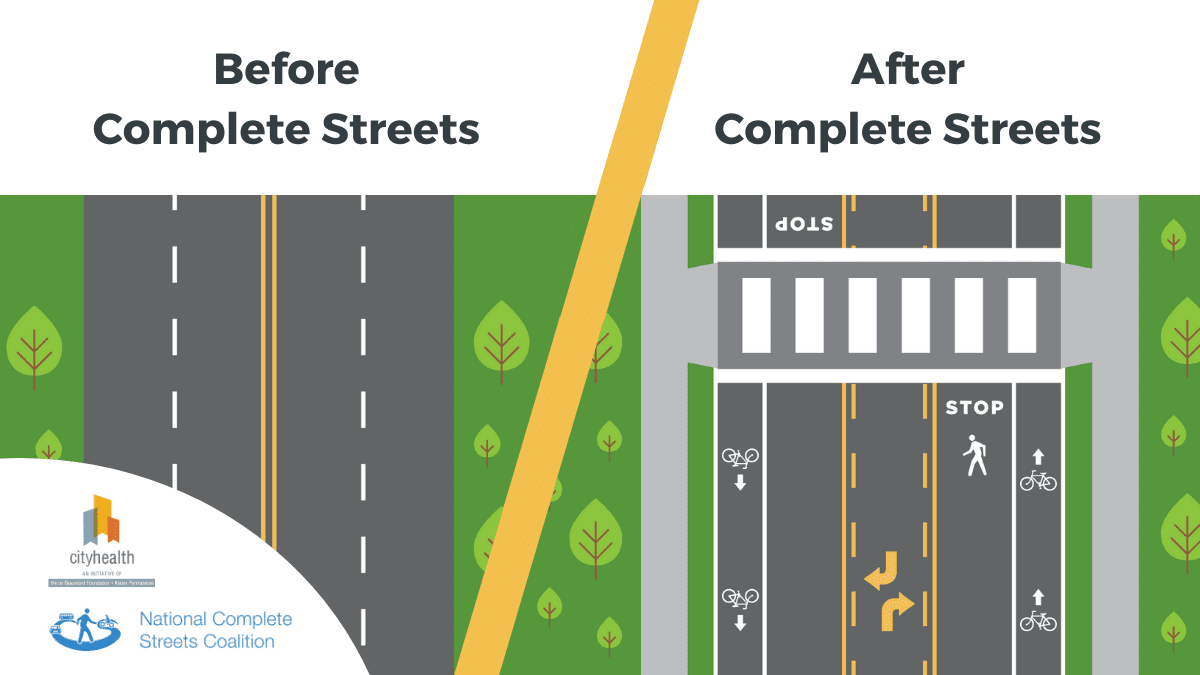
For transportation, cities reopening represent a critical moment. If city leaders are not intentional in building the proper infrastructure and empowering residents to bike and walk now, people fearing the close quarters of public transit will opt to drive, pushing traffic congestion to record levels. New York has already opened a total of 100 miles of streets to pedestrians and bikes, and Washington, D.C. has expanded sidewalk capacity around essential businesses. Cities throughout Europe have already said they will keep road closures in place. City leaders can choose to create spaces that allow people many options to safely move around their cities.
Recognizing the early importance of a safe and connected transportation network, some cities stand out, having been able to quickly adapt and respond in the midst of the pandemic due to their prioritization of Complete Streets. For example, Oakland has restricted vehicle traffic on 74 miles of streets, creating space for pedestrians to be outside while keeping their distance from others. That initiative, one of the most ambitious in the nation, built on Oakland’s recent success in implementing Complete Streets policies such as expanding bike lane access. Oakland, like some other cities, has made equity a top consideration in how they implement street changes and the effect they have on individual neighborhoods.
The choices city leaders make now will reverberate well into the future. Complete Streets policies are not simply sound investments because of the crisis. Long after the coronavirus has abated, communities will still need access to safe transportation options. Streets are a vital part of livable, thriving communities and early adoption of these policies help to fortify infrastructure for years to come.
Well before the pandemic, CityHealth encouraged cities to adopt Complete Streets policies due to the wide range of evidence-supported benefits they carry. Complete Streets policies:
- Reduce traffic speed and the risk of injury for pedestrians and cyclists. Those are among the many reasons why Complete Streets is a transportation policy recommended by the Centers for Disease Control and Prevention.
- Help cities avoid millions of dollars in collision and injury costs every year. Cities with these policies also had a net increase to new businesses, property values, and employment levels.
- Carry a range of benefits for cities, from community safety to connectedness, improved health to reduced stress, and economic well-being. Complete Streets policies have also resulted in improved green space, increased sense of community, and reduced crime and stress.
These are trying times for cities, and transportation is only one item on a long list of challenges that city leaders need to address. But making room for city residents to safely walk, bike, drive or take public transit will help to ensure cities are well on their way down the road to recovery.

